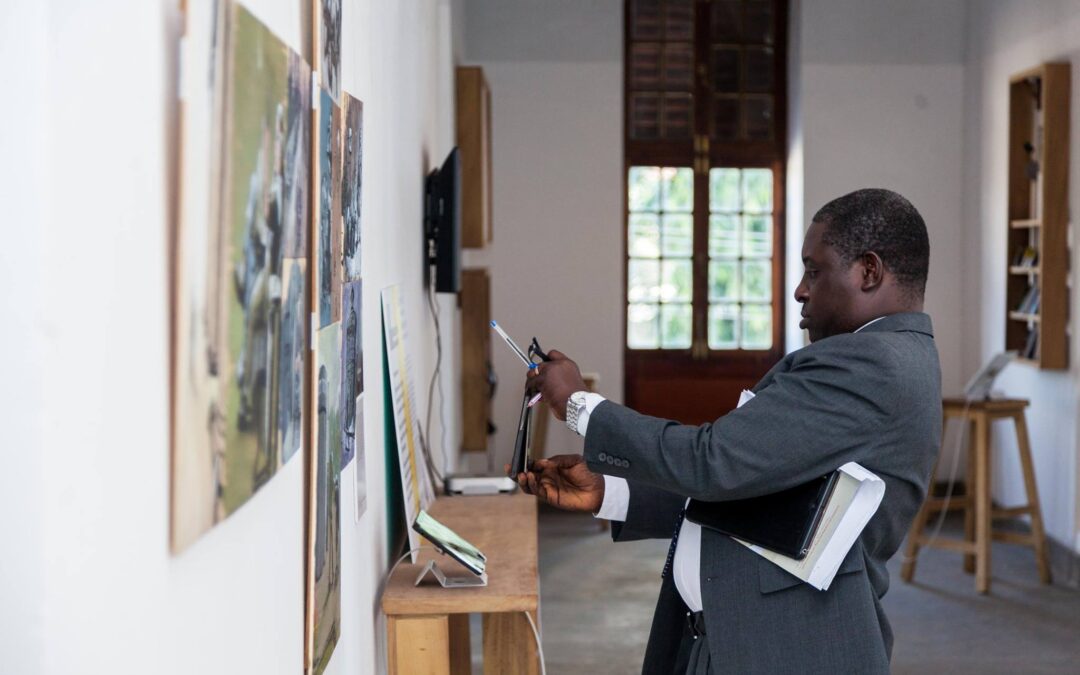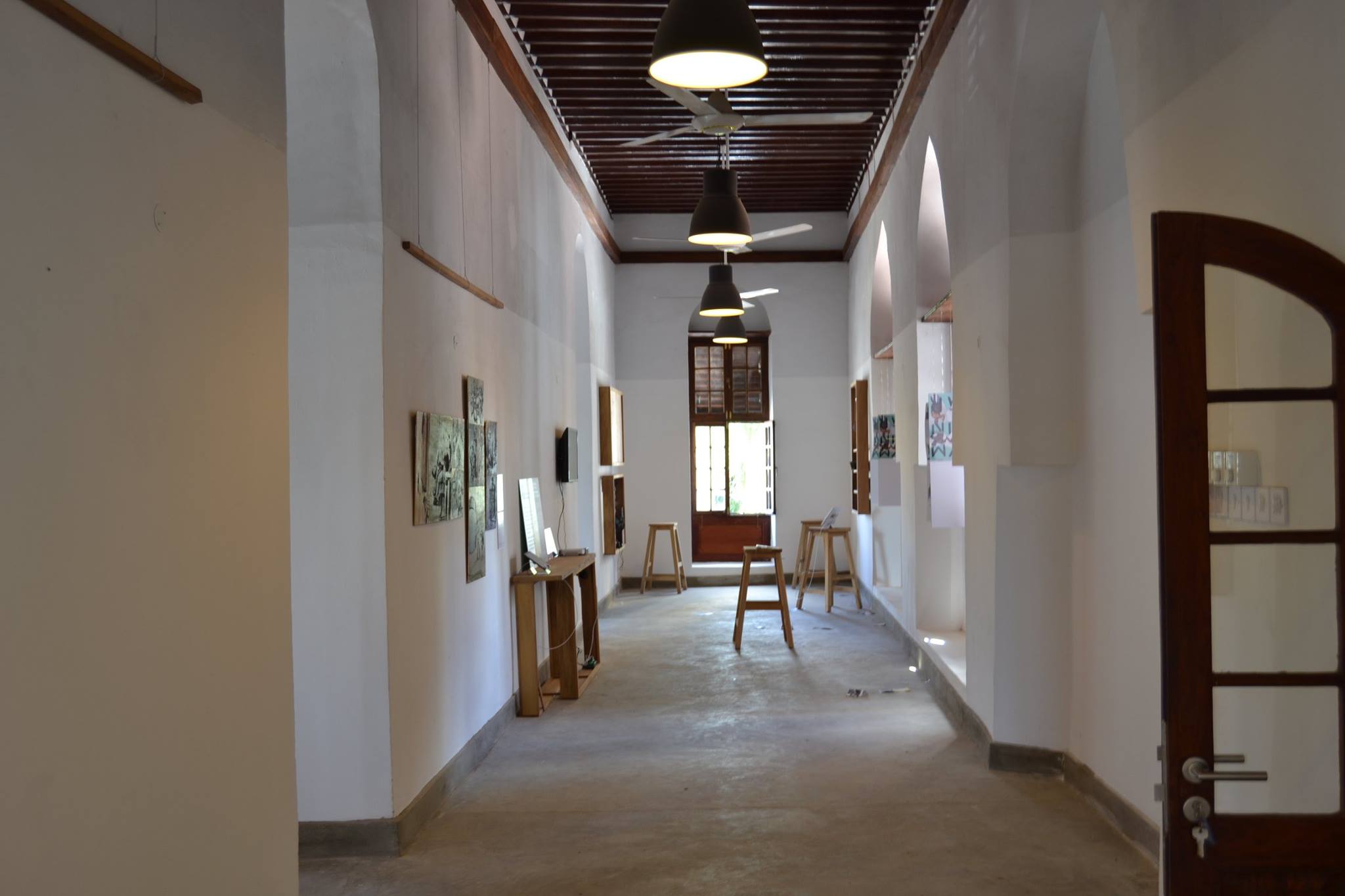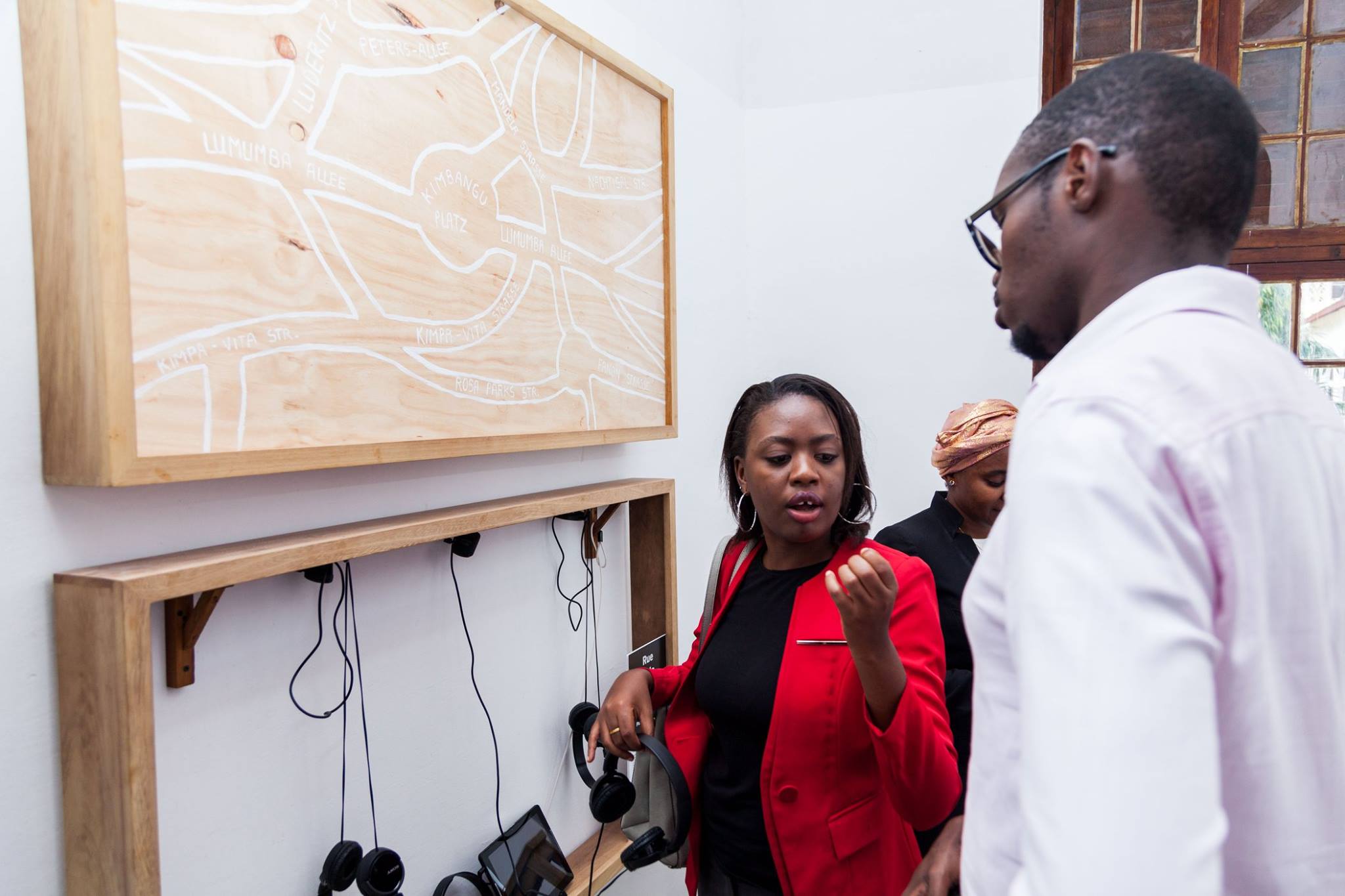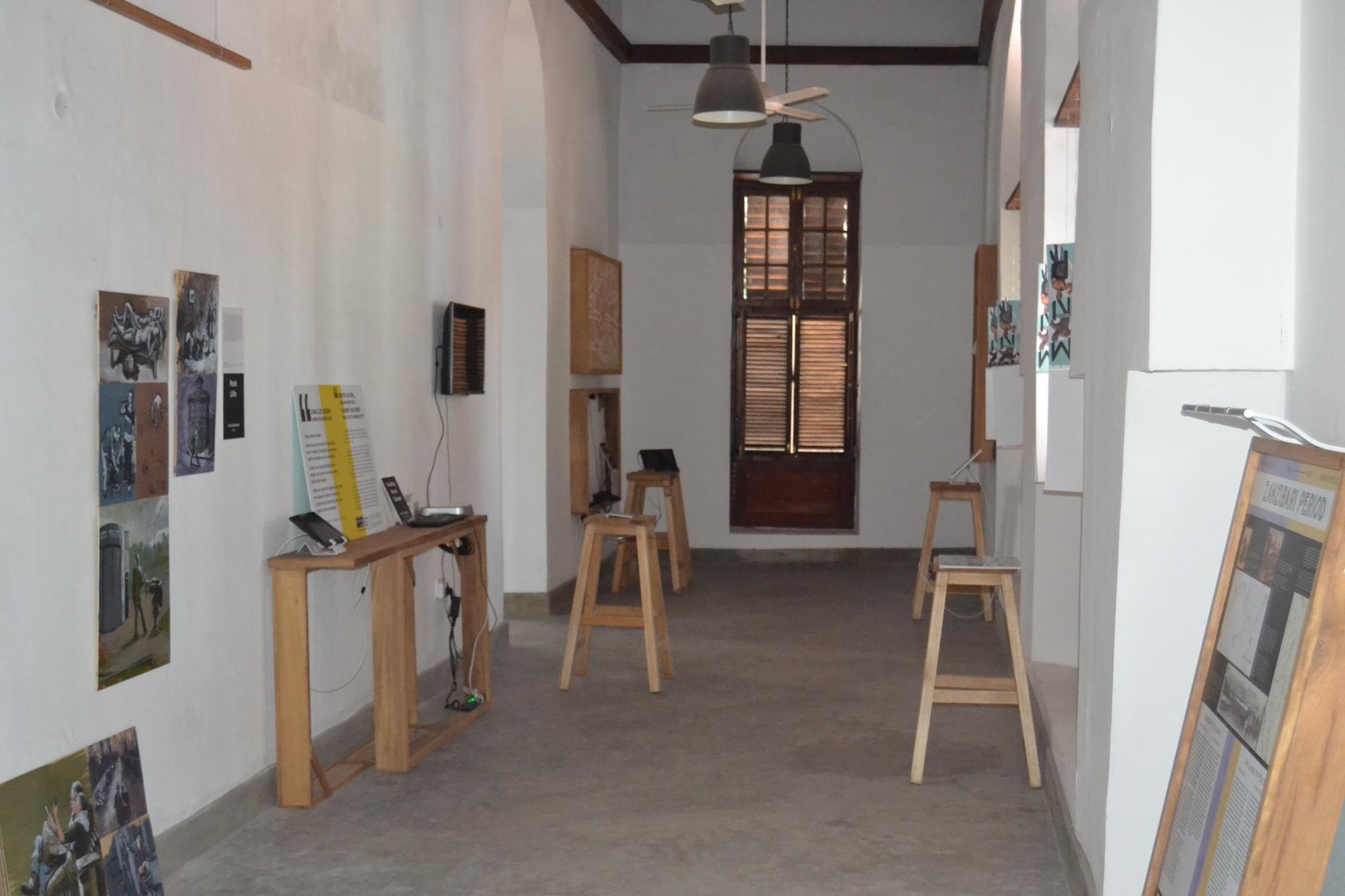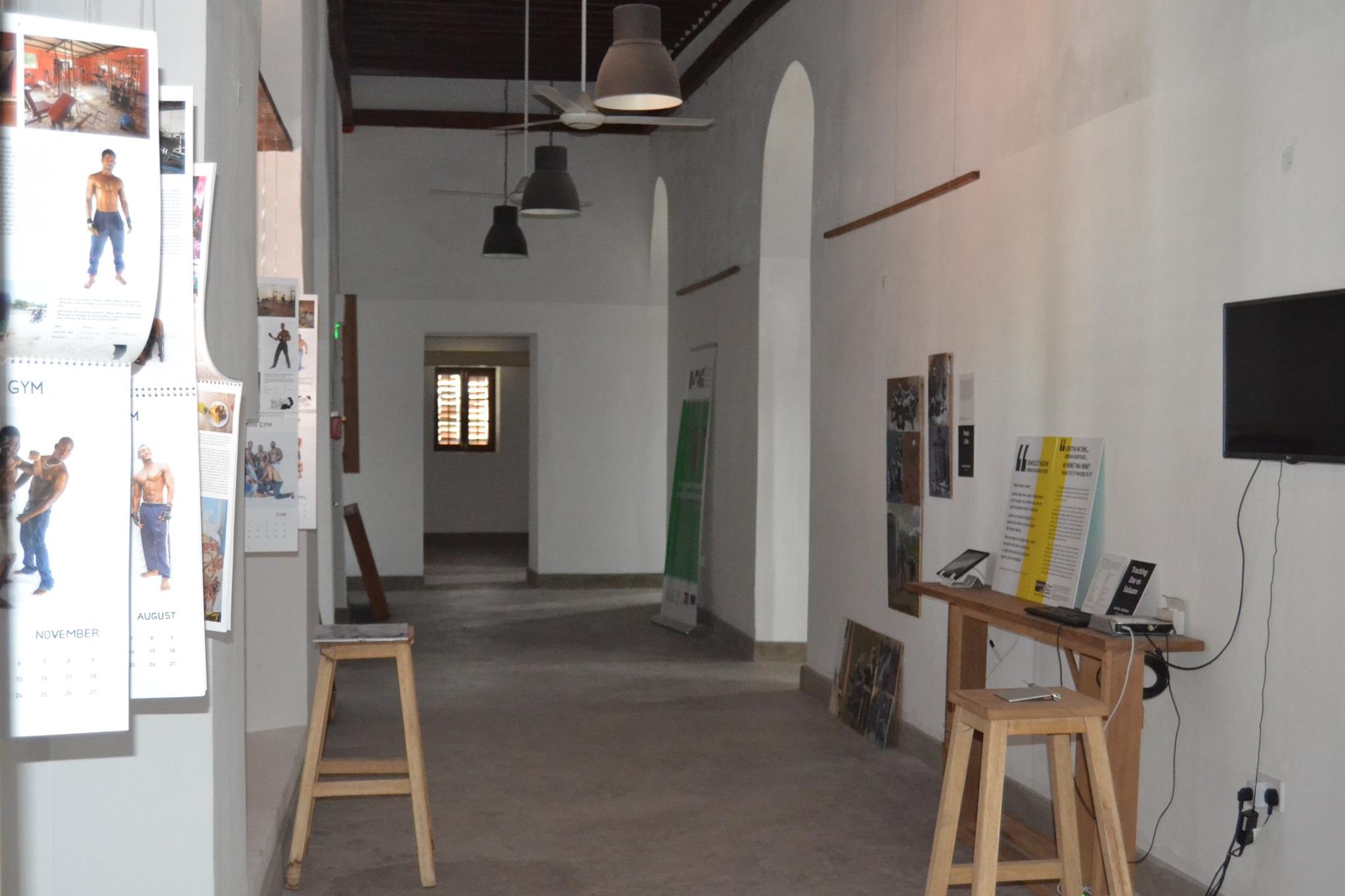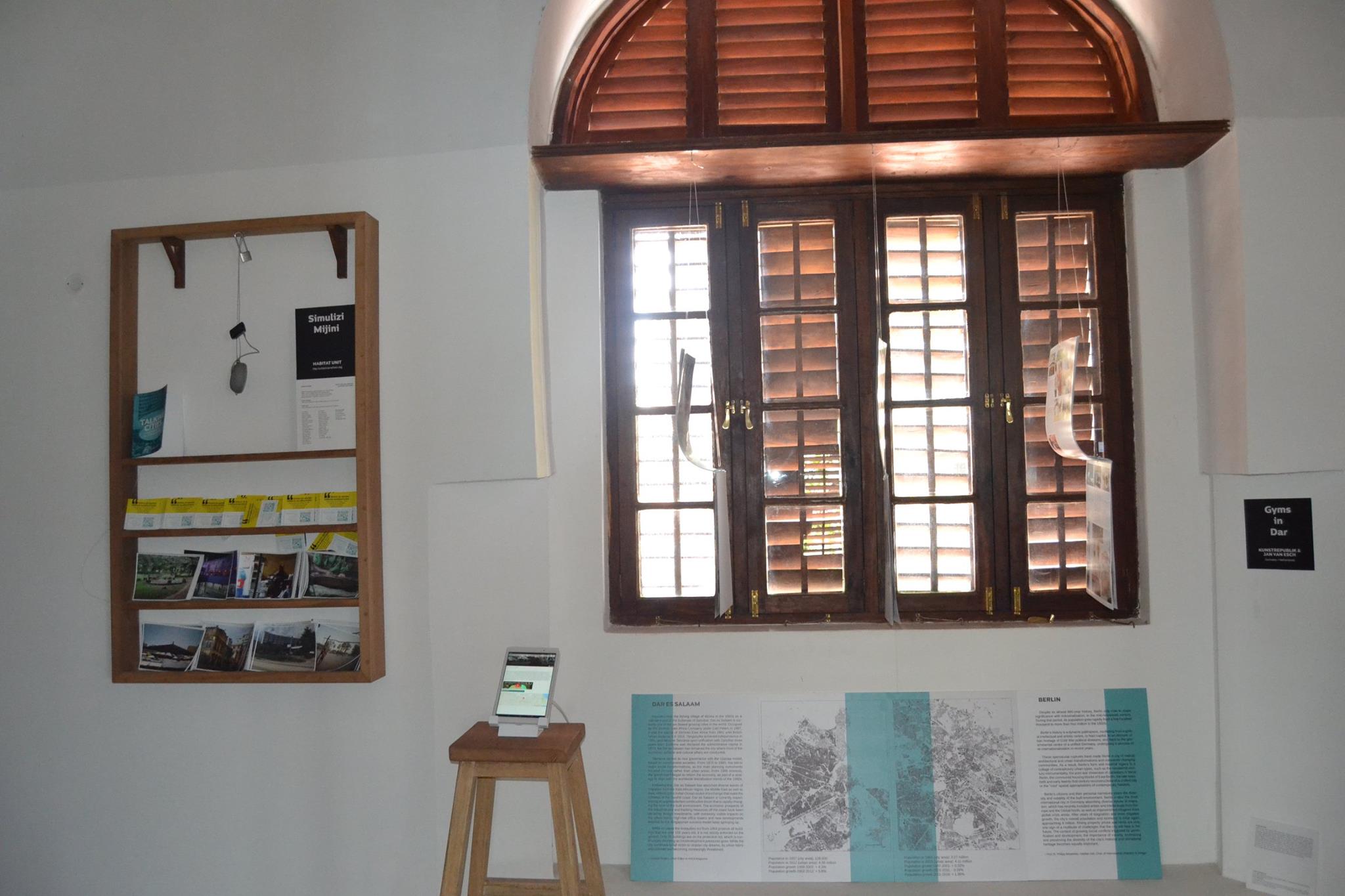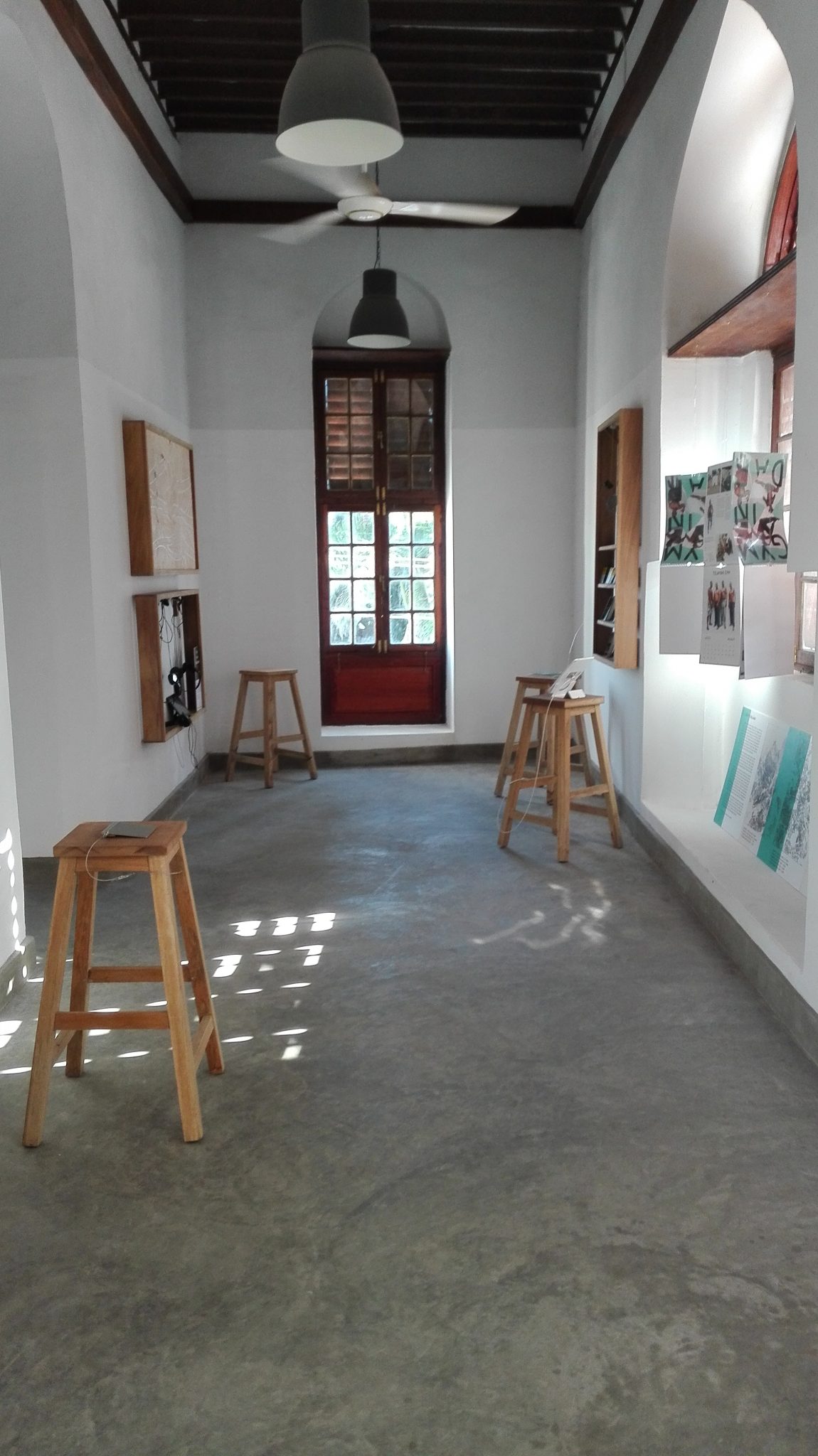“Many stories matter. Stories have been used to dispossess and to malign. But stories can also be used to empower, and to humanize. Stories can break the dignity of a people. But stories can also repair that broken dignity.”
― Chimamanda Ngozi Adichie
So reads the introductory board from the Simulizi Mijini / Urban Narratives exhibition, shown in the Old Boma, next to DARCH’s permanent exhibition on the city’s rich history. While the other rooms explore the facts of Bantu, Omani, German, British and Indian actors in the city, Simulizi Mijini presents a multimedia exhibition of some of the many voices of Dar es Salaam. They tell us stories about a house, an open space, a neighbourhood; and together they weave familiar but unofficial narratives about the city.
If, as a student from Ardhi university stated, “Heritage is what we inherit, and what we choose to keep”, then we have to ask: what do we want to keep? Why? There are many possible answers, many concurrent stories. Usually, we think about a famous landmark. Or perhaps a restaurant in the city centre where crucial political alliances were made between African nations. But often, urban spaces represent a simple testimony of how previous generations used to live. Are these stories also part of “History”?
Since 2015, Simulizi Mijini / Urban Narratives has catalysed dialogues on urban heritage between Tanzania and Germany: through ten artistic residencies at Nafasi Art Space and ZK/U, two intensive summer schools for students in urban design, architecture and town and regional planning, and through the co-production of two special issues of ANZA Magazine and Baunetzwoche. This exhibition presents pieces by Tanzanian, Congolese, German and Finnish artists, as well as a collection of stories gathered and edited into a digital app and a book by students from Ardhi University and TU Berlin.
Curated by the Habitat Unit (Diane Barbé, Anne Katrin Fenk, Rachel Lee, Philipp Misselwitz).
Designed by Diane Barbé & Anne-Katrin Fenk in collaboration with Ashok Jethwa, Vogue Creations Ltd.
Introducing: Cloud Chatanda, Oliver Kalleinen and Tellervo Kochta-Kalleinen, KUNSTrePUBLIK and Jan van Esch, Patrick Mudekereza and the Simulizi Mijini team (Lisa Blum, Iulia Ciomu, Carlo Costabel, Negar Hashemi, Max Hege, Benjamin Herfurth, Sascha Hofmann, MinJi Kim, Darius Duong Le, Sarah Manz, Dorothea Mbosha, Arnold Mkony, Arne Mickerts, Michael Minja, Kate Mrema, Hannes Mundt, Gift Mushi, Ena Ninkovic, Khilan Parmar, Irina Pelmegow, Maryam Poursafar, Andrea Protschky, Franziska Rüss, Aileen Runyoro, Hilbert Shirima, Patrycja Stal, Adrian Taylor, Beatrice Termeer, Arianna Tiberti, Ana Vrgoč, Anka Walker, Rui Wang, Pommeline Warringa).
More information about the events: DARCH website
More information about the artists: www.urbannarratives.org/en/art
More information about the stories: www.urbannarratives.org/en/research
More information about the digital app: www.urbannarratives.org/en/app
Photographs below by Anne Katrin Fenk.
Some words from Diane Barbe, associate research at Habitat Unit:
June 2017. As the Dar es Salaam Centre for Architectural Heritage (DARCH), one of the key partners in our project, has finally opened its doors to the public, the temporary exhibition hall resonates with the sound of voices –sharing stories, narrating local news, commenting on the changes of the neighbourhood. At each end of the room, a portable speaker decants the soft recitation of a dozen short stories written by students from the TU Berlin and Ardhi University, after weeks of fieldwork in both cities. Strolling through the arched doorways and narrow halls, the visitor can catch the fleeting tale of an open land in a suburban part of the city, the kids’ favourite playground, turned into a gas station; or an account of midrise buildings from the 1930s being abruptly removed from the city centre, to make room for modern glass skyscrapers and wide boulevards. An attentive listener will pick up a narrative of Dar es Salaam’s fast transformation guided by only a handful of opinions, and a blurred nostalgia for urban traditions demolished at the moment they were grounding. This multimedia exhibition presents some of the many voices of Dar es Salaam, weaving together familiar but unofficial narratives of the city and extending a bridge to Berlin by introducing the two cities’ shared histories.
The artists assembled in this space –Cloud Chatanda, Oliver Kalleinen and Tellervo Kochta-Kalleinen, KUNSTrePUBLIK and Jan van Esch– depict portraits of daily life and cultural habits in Dar es Salaam and Berlin, perhaps discretely answering the eluding question of naming urban traditions. Patrick Mudekereza’s piece, on the other hand, superimposes the voices of resistance fighters, colonial invaders and civil right activists onto a fantastical map of the city in the postcolony. His work provides a simple but unavoidable link between shared histories from Tanzania and Germany: the two partner countries which brought this two-year research and artistic program together. While the permanent exhibit of DARCH, in the other rooms of the building, shows the historical evolution of the city since its inception in the 1870s, Simulizi Mijini / Urban Narratives interrogates the current state of affairs –what, today, could be worth preserving for future generations? Where and how are contemporary voices expressing their memories? Are there absences, erasures, oblivion?
Backtracking through 2017, prior to the opening of DARCH in June, the works of these artists and students were brought together in Berlin for the Juxtaposing Narratives exhibition at the Zentrum für Kunst und Urbanistik (ZK/U) in March. At the entrance, a board shows the Dymaxion map, which presents our planet as one island in one ocean, without any visually obvious distortion of the relative shapes and sizes of land areas, and without splitting any continents. In superimposition, the quote from Roland Barthes’s essay Semiology and the Urban, points to the question of visibility and readability of a city’s heritage: what manifestations does heritage take? How does it contrast between political discourse(s) and local discussions? This exhibition included six additional pieces to show the totality of the works produced during the residency program. Pondering on the role of the artist entering a new space, some proposed self-reflective inquiries, such as Umesh Madanahalli’s tyre rolling around urban spaces, Alex Römer’s wood construction workshops with local youth, and Paul Ndunguru’s handing back some of the second-hand clothes that constitute a massive market in most African countries. Rehema Chachage and Nadin Reschke, on the other hand, brought forth the collateral stories of Berlin and Dar es Salaam, from the experience of public transportation to the process of visual arts. The artworks were woven together by a recurring book of short stories, some of which were exhibited at DARCH. Throughout the winter semester of 2016-2017, five students and three curators reflected on the possibilities for presenting and designing this exhibition, piecing together the many versions of intersecting histories between the narratives and the artworks.
It is worth noting that while the voices of the cities could be heard in Dar es Salaam, they were presented in written form in Berlin, perhaps reflecting the nature of memory in either cultures. More specifically, this contrast reveals the lasting tension to “keep things equal” between the two sides of the partnership: while the project was co-funded by DARCH (which is financed by the EU) and the Kulturstiftung des Bundes, maintaining a balance between the summer schools, residencies, symposia and exhibitions proved to be a challenge greater than the physical distance between Berlin and Dar es Salaam. The exhibition in Berlin, while it attempted to present African and European presence on a fair basis, probably suffered from the limited engagement of our Tanzanian associates. Besides, research done using personal memories and oral history implies a high degree of transformation between the findings and the exhibition. The urban narratives presented in these exhibitions, and which we are introducing in this book, also use the voice of the students and the artists, and so underline that we are proposing a speculative history –rather, histories, that have not yet been included into the “history of the city”. Ultimately, as Rasha Salti pointed out in an article describing the curatorial work done for Past Disquiet: Narratives and Ghosts from the International Art Exhibition for Palestine, 1978, the point is to activate a memory as well as a series of inquiries that might contribute to a practice of subversion in the present, by weaving together “a prism from which we can refract, or foreground, questions about a recent, yet blotted out and thus complicated, past responsibly.” This book developed as a sliding scale of all indirect allusions and familiar misconceptions, embedded in the tales of two cities. The artworks, stories, essays and conversations were brought together, not a linear and continuous narrative, but rather in an assemblage that showcases the complex and multiple histories of heritage, the lines of fragility, the fissures of contemporary life as it was built in Berlin and Dar es Salaam.
References
Roland Barthes, “Semiology and Urbanism”, Rethinking Architecture: A Reader in Cultural Theory, ed. Neil Leach, 1997, Psychology Press, pp. 166-172
Rasha Salti, “Around the Postcolony and the Museum. Curatorial Practice and Decolonizing Exhibition Histories”, Internationale Online, Decolonising Practices, 16 Sept. 2015

